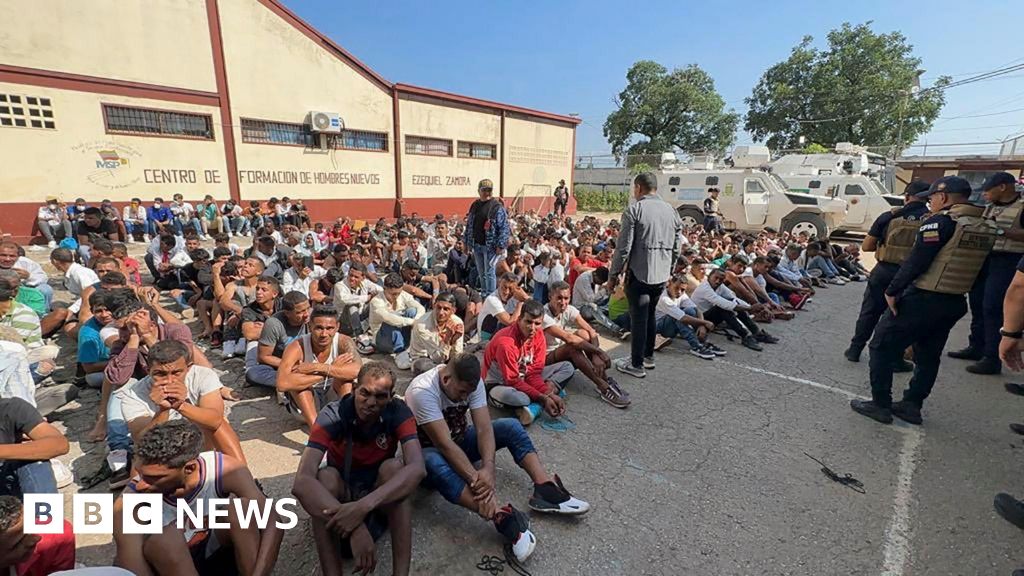BEHIND THE NEWS:

Opponents to Republican-backed restrictions on transgender athletes take a selfie outside a hearing to consider the bills Tuesday in Sacramento, Calif. State lawmakers ultimately rejected the legislation. Photo by: Yuri Avila / Associated Press
Friday, April 4, 2025 | 2 a.m.
Editor’s note: The Sun is launching a new feature called “Behind the News” that will take significant events and provide readers with Sun staff research as well as a digest of existing news stories — with full source links for readers to explore more. “Behind the News” is the product of Sun staff assisted by the Sun’s AI lab, which includes a variety of tools such as Anthropic’s Claude, Perplexity AI, Google Gemini and ChatGPT.
This week, the Nevada Interscholastic Activities Association reversed its decade-old approach to transgender athlete participation.
On Tuesday, the NIAA Board of Control unanimously voted to adopt a policy requiring students to compete only on teams matching the sex on their “unaltered original birth certificate.”
This decision overturns the 2014 policy that had permitted transgender high school students to participate on teams aligned with their gender identity. The board will meet in May to address implementation details.
Nevada joins several other states that have enacted similar restrictions on transgender student-athlete participation, marking a significant shift in the state’s approach to gender inclusivity in school athletics.
The move was cheered by Republicans, including Lt. Gov. Stavros Anthony, who in a statement said the “vote sends a clear message: Nevada values and protects opportunities for female athletes. Girls deserve a level playing field, and this action helps ensure they can compete, grow and succeed without having to compromise safety or fairness.”
State-level policies
The NIAA policy change is part of a broader national trend following President Donald Trump’s Feb. 5 executive order banning transgender athletes from women’s sports[2], and other states also have been grappling with their own policy changes in response.
At least 24 states have laws barring transgender women and girls from participating in certain women’s or girls’ sports competitions[10]. California, however, has maintained more inclusive policies since 2013, allowing students to participate on sex-segregated sports teams aligned with their gender identity regardless of what’s listed on their records[1].
On Tuesday, state lawmakers rejected two proposals by Republicans. One would have required the California Interscholastic Federation, the governing body for high school sports, to adopt rules banning students whose sex was assigned male at birth from participating on a girls’ school sports team. The other would have reversed a 2013 law allowing students to participate in sex-segregated school programs, including on sports teams, and use bathrooms and other facilities that align with their gender identity. It would have applied to K-12 and college students.
California and Minnesota have previously notably announced plans to defy the federal directive, which has prompted investigations by the U.S. Department of Education’s Office for Civil Rights[1].
South Dakota has banned transgender students from participating in sports consistent with their gender identity, applying to both K-12 and higher education. This replaced previous executive orders with similar restrictions. Tennessee has enacted similar laws with additional legislation requiring schools that don’t comply to lose state funding [11].
NCAA compliance with Trump policy
The NCAA announced a significant policy change in February restricting women’s sports to student-athletes assigned female at birth only in response to Trump’s executive order. However, transgender athletes assigned male at birth can still practice with women’s teams and receive benefits such as medical care[3][7].
Transgender athlete population
NCAA President Charlie Baker stated there are “fewer than 10” transgender athletes he is aware of competing in college sports out of approximately 510,000 total NCAA athletes (less than 0.002%)[9][3], while Save Women’s Sports (an organization advocating for restrictions) identified only five transgender athletes competing on girls’ teams in K-12 school sports nationwide[4].
Trans people make up approximately 1%-2% of the U.S. population, but represent less than 0.002% of U.S. college athletes and about 0.001% of recent Olympians[8].
The policy changes are occurring despite the extremely small number of transgender athletes actually participating in competitive sports at various levels.
.png)








 English (US) ·
English (US) ·